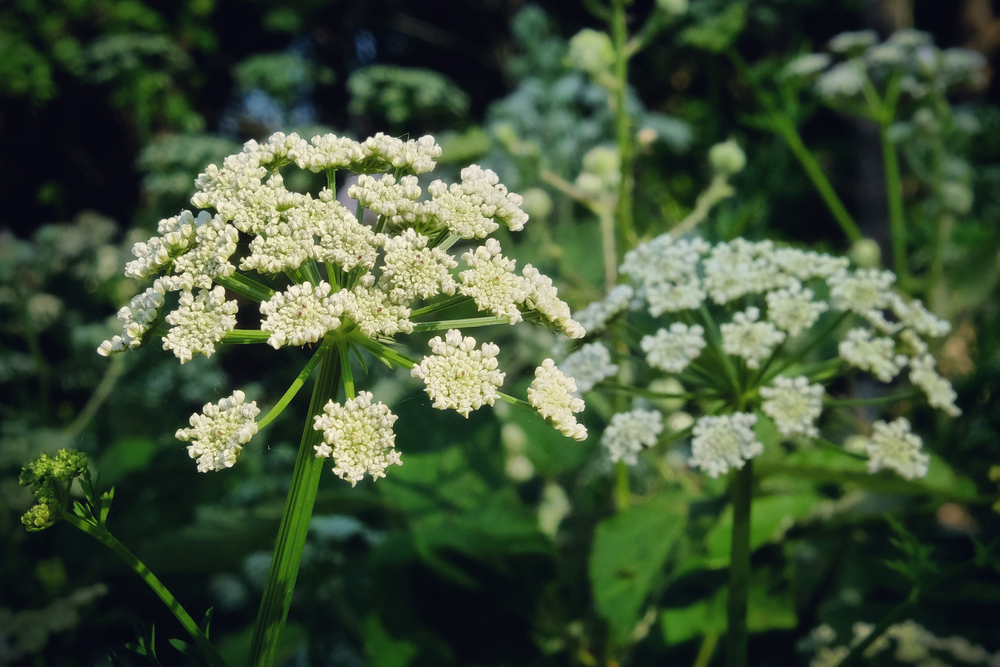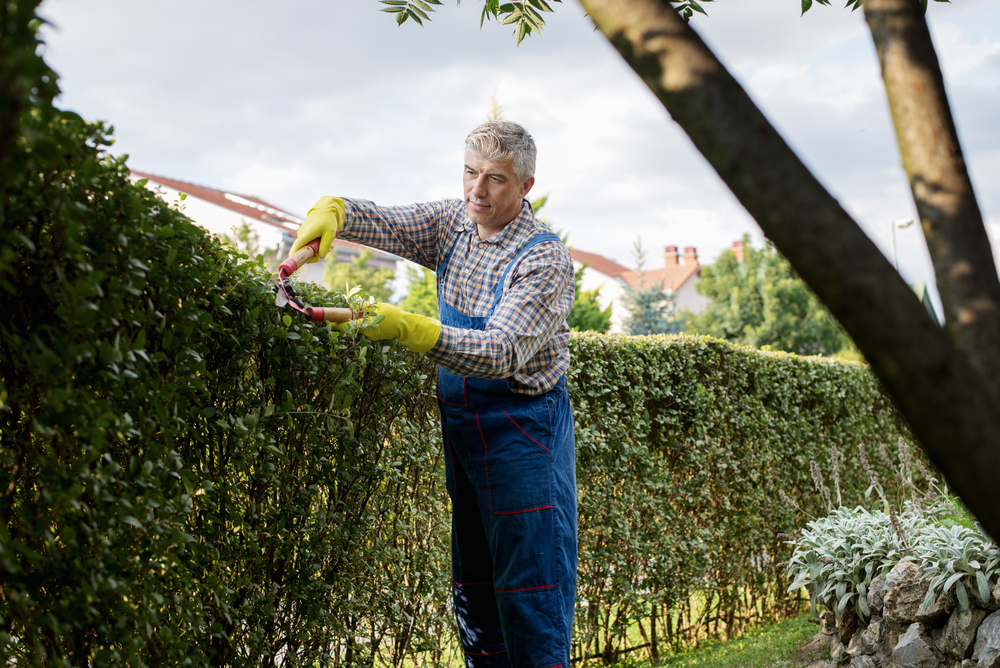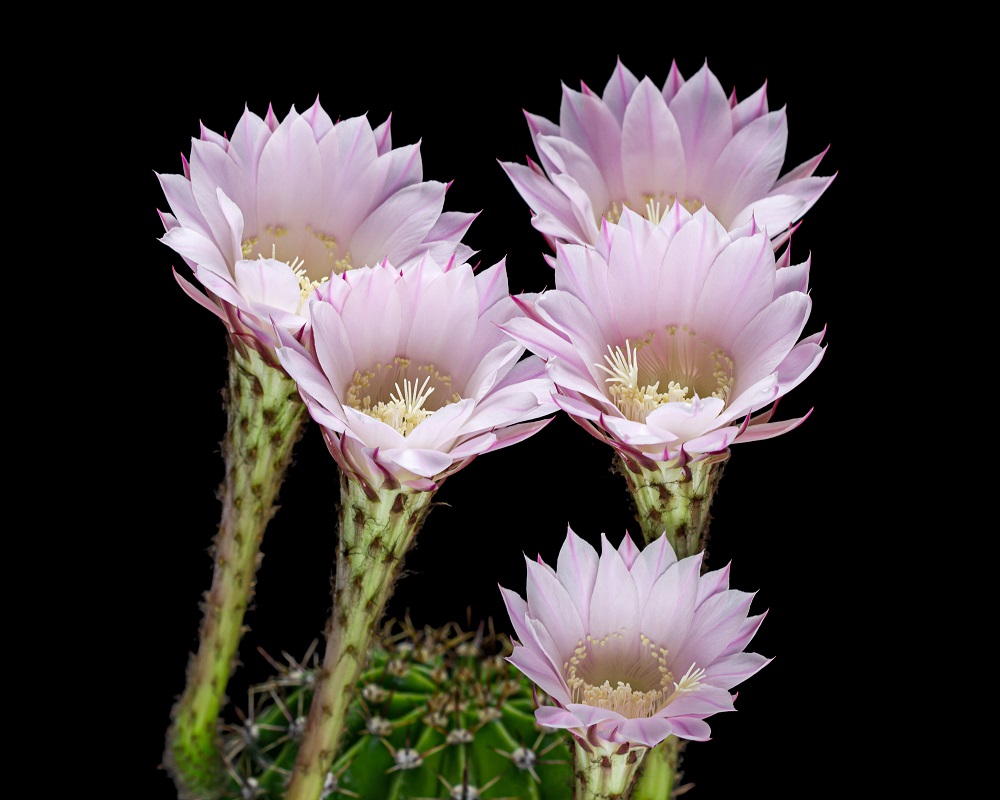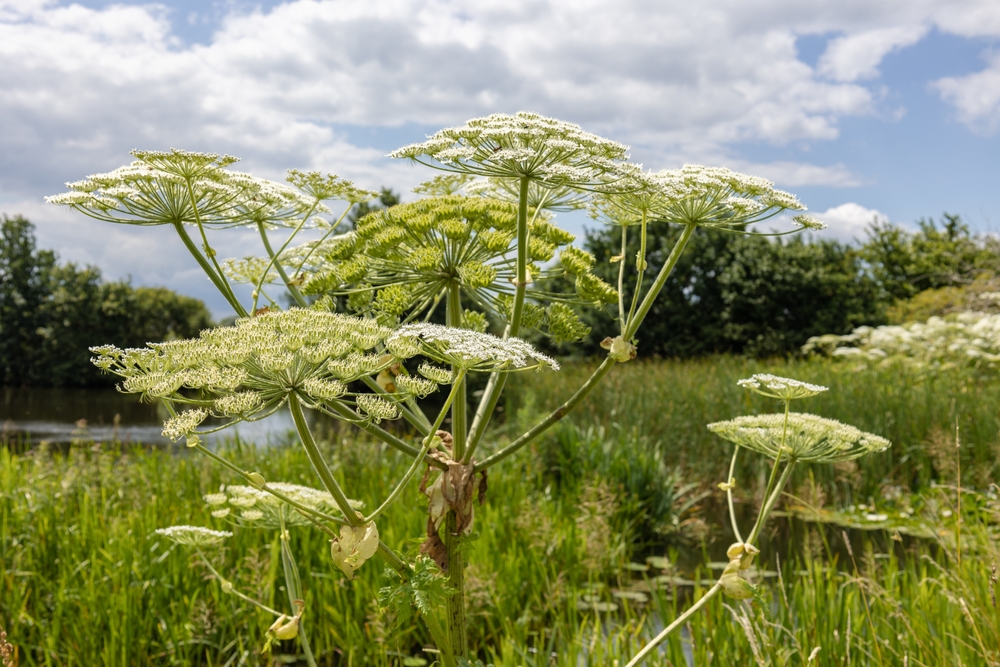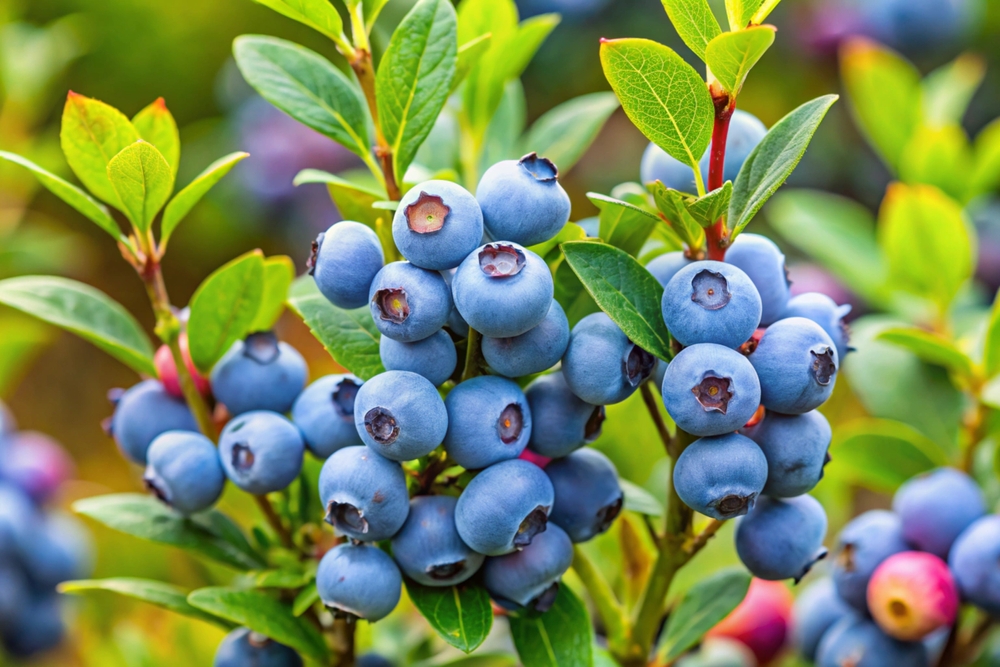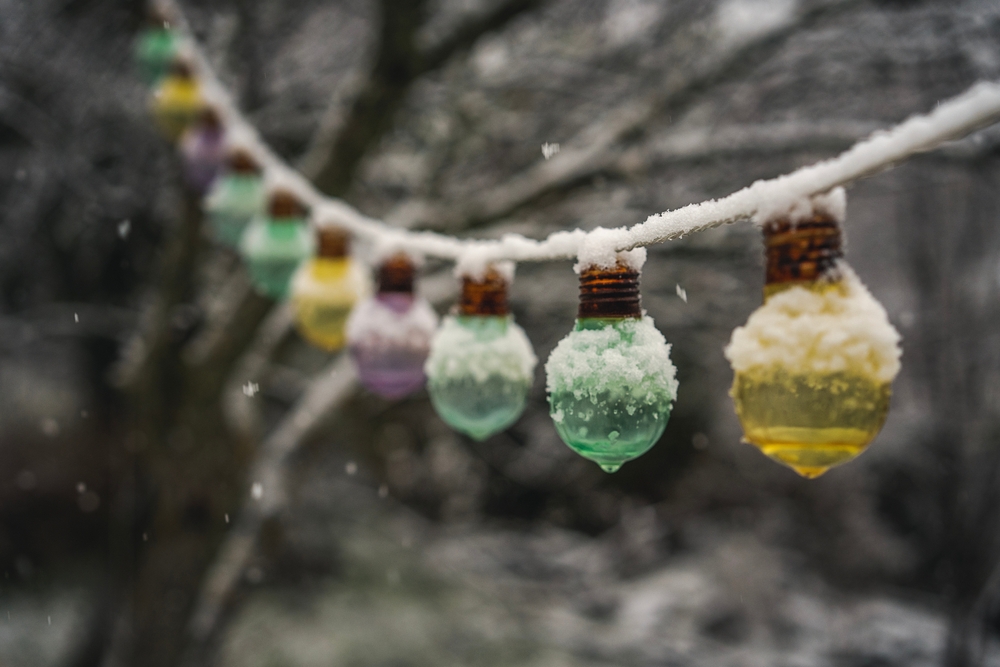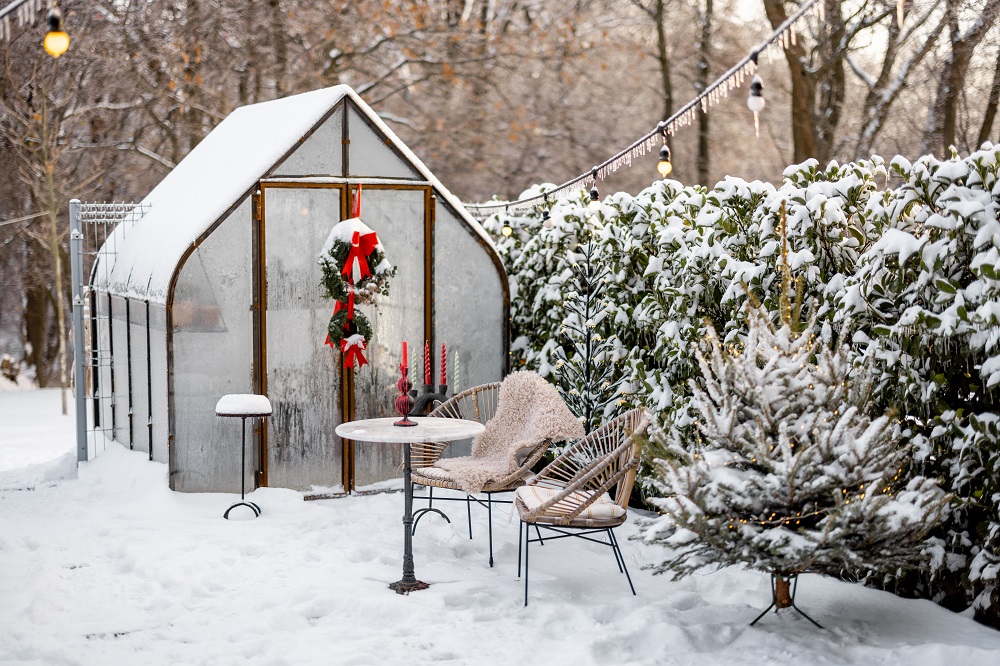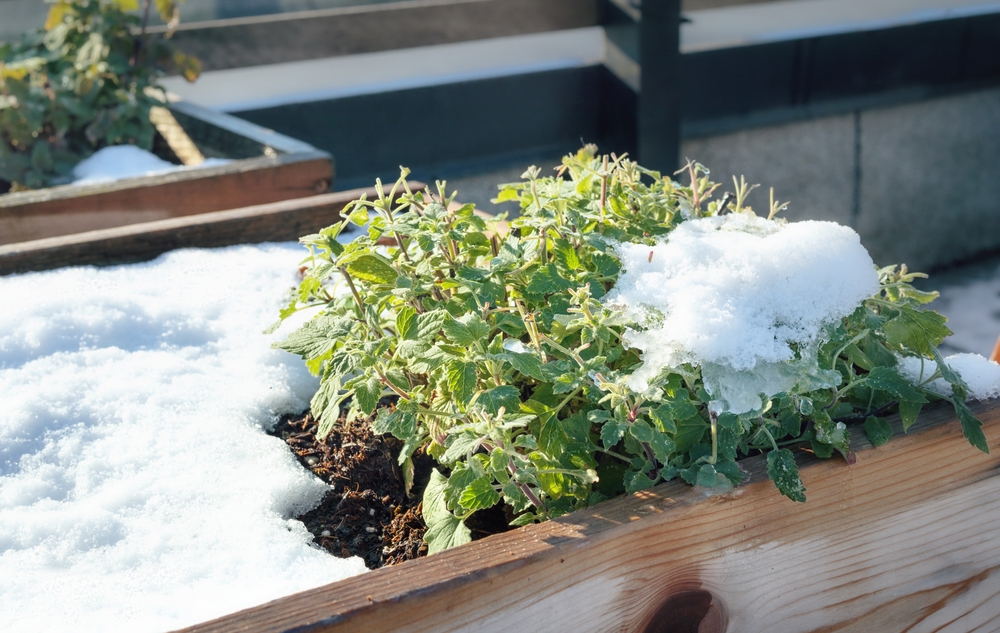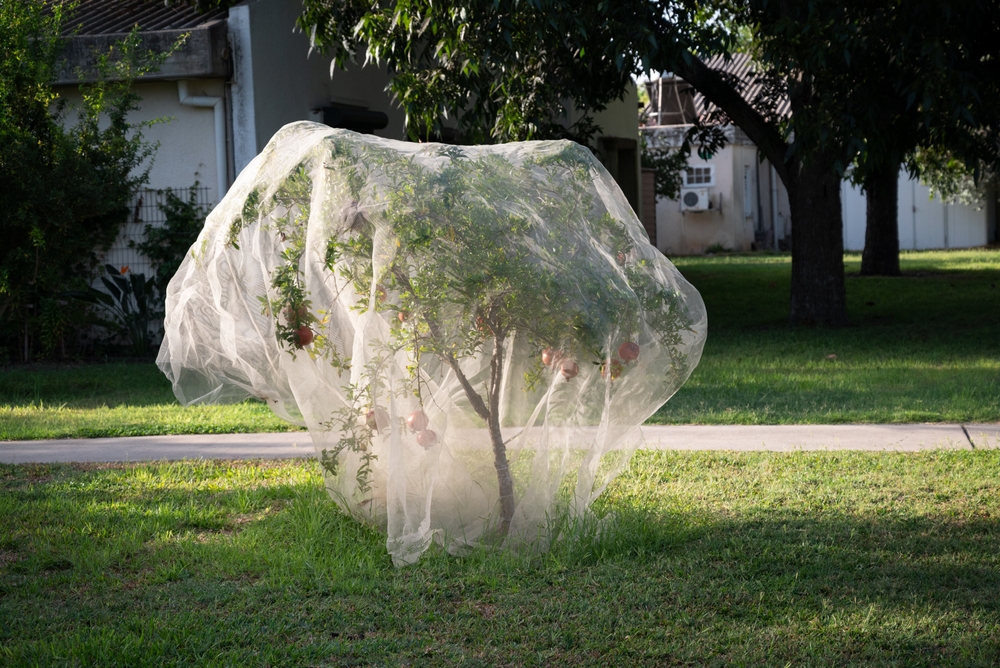There’s plenty of questionable gardening advice out there that won’t do anything to help you with your plants, especially if you want them to thrive. In fact, at worst, it might kill them. While there could be a grain of truth to some widespread pieces of gardening “wisdom”, they don’t, in fact, stand up to scientific facts or professional studies.
Luckily, we’ve done a little bit of digging for you, and have gotten the real scoop on some popular garden myths. Let’s see what we found out and if any of these tips could actually help you keep your plants in good condition!

Drought-tolerant plants don’t need to be watered
You’d be surprised, but even the most drought-tolerant plants might need to be watered minimum in the first year you planted them. Tough, and drought-tolerant plants such as Russian sage, yarrow, and coneflower can easily live through long and hot summers.
However, first, they would need more water to get their roots properly established. You can give them a layer of mulch the first year to hold in the moisture. Just think of that extra water as helping wheels for plants that are a bit tougher.
Once they are a year old, these plants can easily fend for themselves. However, keep in mind, that even the toughest, most drought-tolerant plants can easily benefit from mulch and a monthly soaking in the summer in an age when the climate seems to be getting more extreme. Drought-tolerant doesn’t automatically mean drought-proof.
Adding compost to planting holes encourages root growth
In the not-so-distant past, enriching soil in a planting hole with compost or any other soil amendments was considered to be a good idea to make it a bit easier for tender new roots to grow. However, this has been proven to do more harm than good ever since. Backfilling a planting hole with amended soil can easily cause the plant to have a reduced root system.
That’s mainly because the roots also tend to stay in the improved soil you chose, rather than fully branching out to the surrounding soil, as the University of Illinois Extension Office explained. A more recommended approach is to place a 1- to 2-inch layer of compost around the new plant, right after you fill up the planting hole with the same native soil you already dug out. There’s one exception to that: if you have clay soil, you should definitely amend it with compost to fully improve drainage.
Extra tip: a planting hole should aim to be twice as wide as the root ball, but not too deep. If it goes wide instead of deep, you might encourage the plant roots to grow out, which would stabilize the plant and enable it to find the needed water and nutrients.
Gravel in the bottom of a container helps with drainage
Then again, adding pot shards or even rocks to the bottom of the pots for drainage was before, a widely recommended practice. In the meantime, it has been found to have the opposite effect, which would basically prevent the water from draining out as easily as it normally would.
A pot with a bunch of drainage holes at its bottom is basically all you need to let the excess water drain out, so the roots can have access to air, still. You don’t need to add a layer of gravel or pot shards to help it out.
If you put anything at the bottom of the bot, then it might be bad for the plants. In fact, there are studies to back this up, as it has been shown that the movement of water through a potting medium could get hindered, not helped, by an additional layer of coarse material in the bottom of a pot. The so-called drainage layer of rocks can easily block the drainage hole and keep it from effectively doing its job.
Pine needle mulch makes soil way too acidic for plants
Well, those pine needles have an extremely low pH of 3.2 to 3.8 when they fall off the tree (their neutral pH is 7.0). However, according to the Oregon State University Extension Service, the needless start to slowly decompose as soon as they hit the ground, and soil microbes neutralize their acidity.
As soon as they have decomposed, they are closer to getting neutral, and not because their acid is leached into the ground. Moreover, if you use fresh needles as mulch, there could be a slight drop in soil pH until they efficiently decompose, but still not enough to damage the plants.
Pine needles are also a wonderful mulch material that could suppress the weeds and hold in the moisture, while slowly but surely adding nutrients to the soil as they break down.
Watering on hot, sunny days might hurt the plants
Well, guess what: it has been raining during the summer for eons and plants were more than fine with that. This particular myth could stem from the fact that if you water the plants on a hot, sunny day, the water could evaporate and not much of it could get to the plant’s roots to hydrate it. That means the plant could still wilt long after you water it. If you want to make sure your plants get the maximum moisture, it’s honestly best to apply water in the early morning or even in the evening when the sun’s heat is not as heavy.
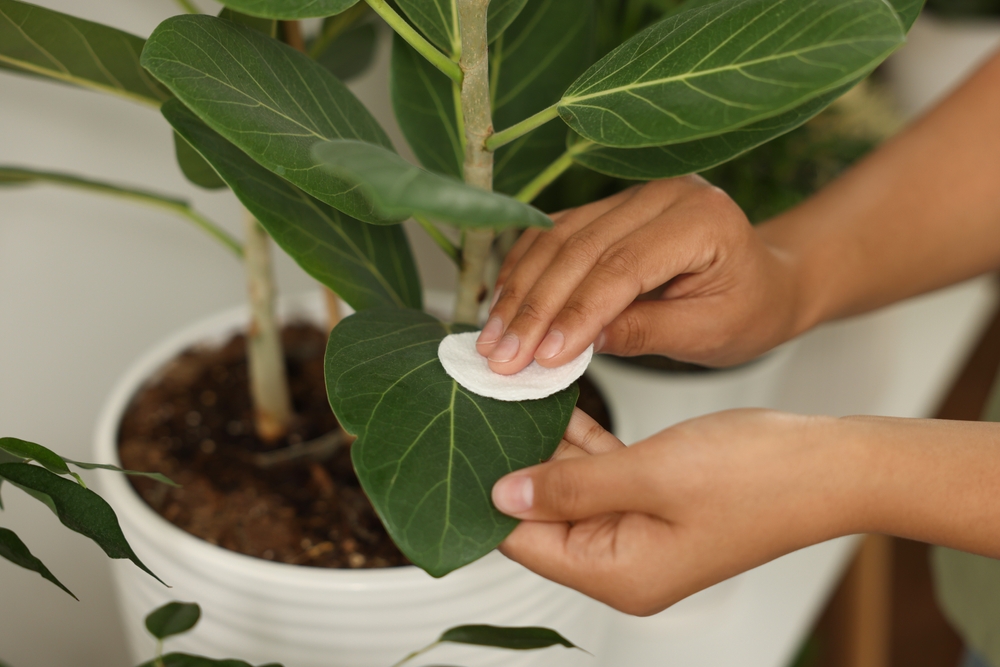
Dish soap is 100% a more natural, safe alternative to pesticides
Well, dish soap is not the same thing as insecticidal soap, but it can still damage plants a great deal. All these recipes for homemade insecticides that also use liquid dish soap as an ingredient are mainly just bogus.
Dish soaps are also man-made detergents, meant to be powerful chemical cleaners and degreasers. You can look closely at their labels, and you will see that many liquid dish soaps aren’t even soaps, in all fairness.
They are basically dishwashing liquids. Hence, they can easily damage or even destroy a plant’s leaves, especially if sprayed on them. Insecticidal soaps, however, are primarily made to be used on plants and they can kill or repel insects without actually harming the plants. They are also regulated by the Environmental Protection Agency, so there’s actually a science behind them.
Houseplants purify all the indoor air
It’s a wonderful idea, but in reality, houseplants have quite a minimal impact on indoor air quality. This myth came from a NASA study from the 1980s, focused on seeing if some houseplants could remove toxins from the air in a tight environment like a space station.
As it turns out, some did clean a huge part of the volatile organic compounds such as formaldehyde out of the air. In the upcoming years, the Internet got rapidly flooded with articles touting the air-cleaning power of snake plants, ferns, and monstera.
However, the truth is a bit more intricate than that. There’s a 2019 study that concluded that even if plants do remove VOCs from the air, they do it in small amounts and at a glacial place. To reduce enough amounts of VOCs to impact the overall air quality in your home, you would need around 10 plants per square foot of living area.
If you found this article interesting, we also recommend checking: 9 Allergy-Causing Houseplants That Will Make You Suffer

